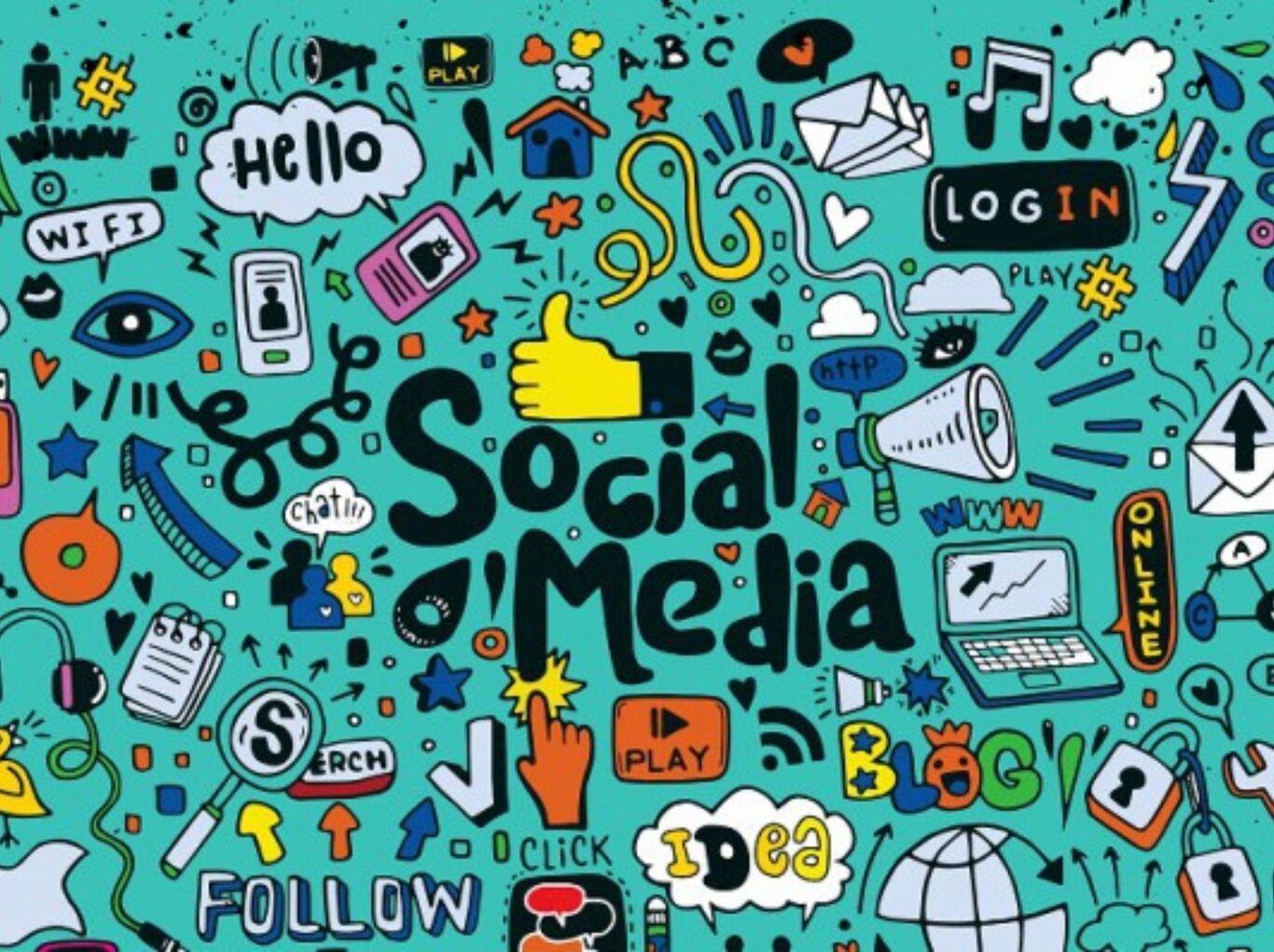How to Use Buyer Personas to Drive Marketing Strategy

Do you feel like your marketing messages aren't connecting with your audience? This happens when there's a gap between your offer and customers' needs. Ultimately, that leads to wasted time and resources.
Buyer personas give a clear picture of your target audience, including their needs, likes, and behaviours. With this knowledge, you can craft marketing strategies that hit the mark.
This article shows you how to use audience personas to make your marketing more effective.
Understanding Buyer Personas
A buyer persona guide is a semi-fictional representation of your ideal customer. It is based on market research and real data. It includes demographic information, behaviour patterns, motivations, and goals.
Creating detailed personas helps in understanding the customer more intimately. These personas go beyond basic demographic information. They include deeper insights like the challenges they face, their buying behaviours, and their decision-making processes.
For instance, a buyer persona guide for a tech product might include details such as age, job role, tech savviness, common frustrations with current solutions, and preferred content formats for information. With this information, you can tailor your marketing messages to speak to these factors. This increases the chances of engagement and conversion.
Understanding your audience on this level allows for more targeted marketing strategies tailored to the specific needs and behaviours of different customer segments. This personalised approach improves marketing effectiveness. It also ensures that your messages resonate with the audience.
Targeted Messaging
Buyer personas in marketing allow you to craft messages that connect with your audience. Suppose you are marketing a fitness app. So, you can suggest quick workout ideas for people who struggle to find time for exercise.
While those seeking advanced tips, offer them detailed workout tutorials. Thus, knowing their pain points can tailor your communication to address their needs.
Let us understand in more detail how targeted messaging works.
-
Identifying Pain Points
Use surveys, interviews, and feedback forms to gather insights. Identify common challenges and frustrations among your customers.
Understanding pain points helps craft messages that resonate and thereby address the exact issues your customers are facing. This makes your communication more relevant and impactful.
-
Crafting the Message
Tailor your message to address these pain points. Highlight how your product or service can solve their problems. Use language and tone that aligns with the reader's preferences and communication style.
By speaking their language, you build a connection. This shows that you understand their needs, making them more likely to engage with your brand.
-
Personalised Content
Personalisation goes beyond using the customer's name in an email. It’s about delivering content that matches their needs and interests. Personalisation involves understanding your customer's journey, preferences, and behaviour.
For example, if a customer browses a certain category on your website, send them targeted emails. These emails can feature special deals in that category. This increases engagement and loyalty.
Dynamic content on your website can also enhance personalisation. Visitors see different versions of the page based on their past behaviour. This ensures that each visitor finds the most relevant information quickly. It improves their overall experience.
-
Content Segmentation
Segment your audience based on the buyer persona in marketing. Create content tailored to each segment's preferences and behaviours. This increases engagement and conversion rates.
Effective segmentation ensures that each piece of content speaks to the intended audience. It addresses their specific needs and interests.
-
Dynamic Content
Use dynamic content to show different versions of the same webpage to different visitors. This ensures that each visitor sees content that is most relevant to them. It is based on their marketing persona.
Dynamic content helps create a more personalised user experience. This increases the chances of conversion by providing the right information at the right time.
Customer Journey Mapping
Mapping the customer journey helps understand how a customer interacts with your brand from awareness to sale and beyond. Marketing personas play a crucial role in this process.
Stages of the Customer Journey
Let's break down the main stages every customer journey goes through. We'll also see how buyer persona in marketing can boost engagement at each step.
- Awareness: This is the initial stage where the customer realises they have a need or problem that needs solving. It's crucial to provide informative content that educates them about the issue. Position your brand as a knowledgeable resource.
- Consideration: The customer researches and evaluates options. At this stage, the customer is looking for solutions. Providing detailed information, comparisons, and reviews can help guide them. This makes them consider your product or service as a viable option.
- Decision: The moment a customer decides to buy is your make-or-break point. That’s when clear, persuasive content that highlights the value of your offering is essential. To ease this decision, provide easy access to sale options. Prominent "Buy Now" buttons, multiple payment options, and guest checkouts can help. Additionally, call-to-action phrases and live chat support can simplify and guide the purchasing process.
- Retention: The customer uses the product and may become a repeat buyer. Post-purchase, maintain engagement and satisfaction through support, follow-ups, and extra value offerings. Retention encourages repeated business and increased brand loyalty.
Aligning Personas with the Journey
Identify which personas are involved at each stage of the journey. Tailor your marketing efforts to address their needs and concerns at each stage. This ensures a seamless and positive customer experience.
By aligning your personas with the customer journey, you can create more effective touchpoints. Guide the customer through each stage. This improves their overall experience with your brand.
Measuring the Impact of Personas on Marketing Efforts
To ensure that your marketing persona strategy is effective, measure its impact on your marketing efforts.
Key Performance Indicators (KPIs)
Identify KPIs that align with your goals. Common KPIs include engagement rates, conversion rates, and customer satisfaction scores. These metrics provide insight into how well your marketing strategies are performing. They show how they resonate with your audience.
Consider other KPIs such as lead generation numbers, website traffic, and social media interaction. These extra metrics can give a bigger picture of the strategy's success. They also help identify areas needing improvement.
Track email open rates and click-through rates as well. These metrics show how well your emails are engaging your audience. For instance, high open and click-through rates state that your content is relevant and engaging to the audience. Meanwhile, low engagement rates hint at a reconsideration of our strategy.
Analytics and Feedback
Understanding how your marketing efforts perform is crucial. Let's delve into how analytics and feedback can guide your strategy:
-
Using Analytics Tools
Use analytics tools to track your campaigns. Tools like Google Analytics, HubSpot, and SEMrush are helpful. They provide data on website traffic, user behaviour, and conversions. Regularly check these metrics. This helps you see what works and what needs change. Adjust your strategies based on these insights.
-
Collecting Customer Feedback
Collect feedback from your customers. Use surveys, polls, and feedback forms. Tools like SurveyMonkey and Typeform are useful for this. These tools help you understand customer needs and preferences. Conduct surveys often to keep up with customer opinions.
-
Analysing Data and Adapting Strategies
Review the data and feedback you collect. Regular reviews help improve your marketing. Adjust your strategies based on this information. Stay flexible to meet changing market trends and customer needs.
-
Leveraging A/B Testing
Use A/B testing to compare different marketing materials. Tools like Optimizely and VWO can help. Test different versions of content, emails, and landing pages. This shows which approach works best. Use these insights to refine your strategies.
Enhancing Your Buyer Persona Strategy
To make your buyer persona in your marketing strategy even more effective, consider the following additional steps:
-
Regular Updates
Customer preferences and behaviours change over time. Update your audience personas so that your marketing strategy remains relevant. This ensures you maintain a strong connection with your audience.
-
Cross-Departmental Collaboration
Involve different departments in the creation and use of buyer personas so that everyone has a clear understanding of the target audience. Thus, each department can contribute to a unified strategy.
Collaboration between departments like marketing, sales, and customer service ensures that your personas are comprehensive. They accurately represent the needs and preferences of your customers. This leads to more effective and aligned marketing strategies.
-
Technology and Tools
Leverage technology and tools to gather and analyse data. CRM systems, marketing automation tools, and analytics platforms can provide valuable insights into customer behaviour. Using these tools helps manage your personas more. It integrates them into your overall marketing strategy.
Wrapping Up
Buyer personas are a powerful tool in driving your marketing strategy. They enable you to deliver targeted messaging, create personalised content, map the customer journey, and measure the impact of your efforts. Refining your audience personas gives you a competitive edge and empowers you to build strong, lasting relationships with your customers.
Ready to ditch guesswork and truly connect with your audience?
Visit GrowthJockey and see how buyer personas can help you engage with customers like never before!
FAQs
1. How can buyer personas help in developing a new product?
Buyer personas provide valuable insights into what your target audience needs and wants. When creating a new product, these personas can help you:
- Identify common problems and desires: Understand the specific issues and goals of your target audience. Ensure your product meets real customer needs.
- Guide design and features: Use the insights from buyer personas to shape the design. Focus on features and functionality that will attract your audience.
- Refine during development: Gather feedback from your personas throughout development. This helps in refining your product. It makes it more market-ready and increases its chances of success after launch.
By using buyer personas, you can create products that resonate with your audience.
2. How do buyer personas influence SEO strategies?
Buyer personas reveal how your target audience searches, allowing you to tailor your keyword research and content creation.
Personas pinpoint the type of content your audience looks for. This includes the formats and topics they prefer. This increases your content's relevance in search results.
Also, SEO efforts in personas ensure your website attracts the right visitors. This boosts engagement and conversion rates. Keep your personas updated to maintain an effective and current SEO strategy.
3. What is the impact of buyer personas on customer retention strategies?
Buyer personas are crucial for keeping customers. They help you grasp your customers' ongoing needs and preferences.
With this knowledge, you can make your support and communication after purchase more relevant and engaging. Personalised follow-ups, special offers, and content tailored to personas can boost customer satisfaction.
Updating your personas lets you tweak your retention strategies to meet changing customer expectations. This helps maintain long-lasting relationships and repeat business.








